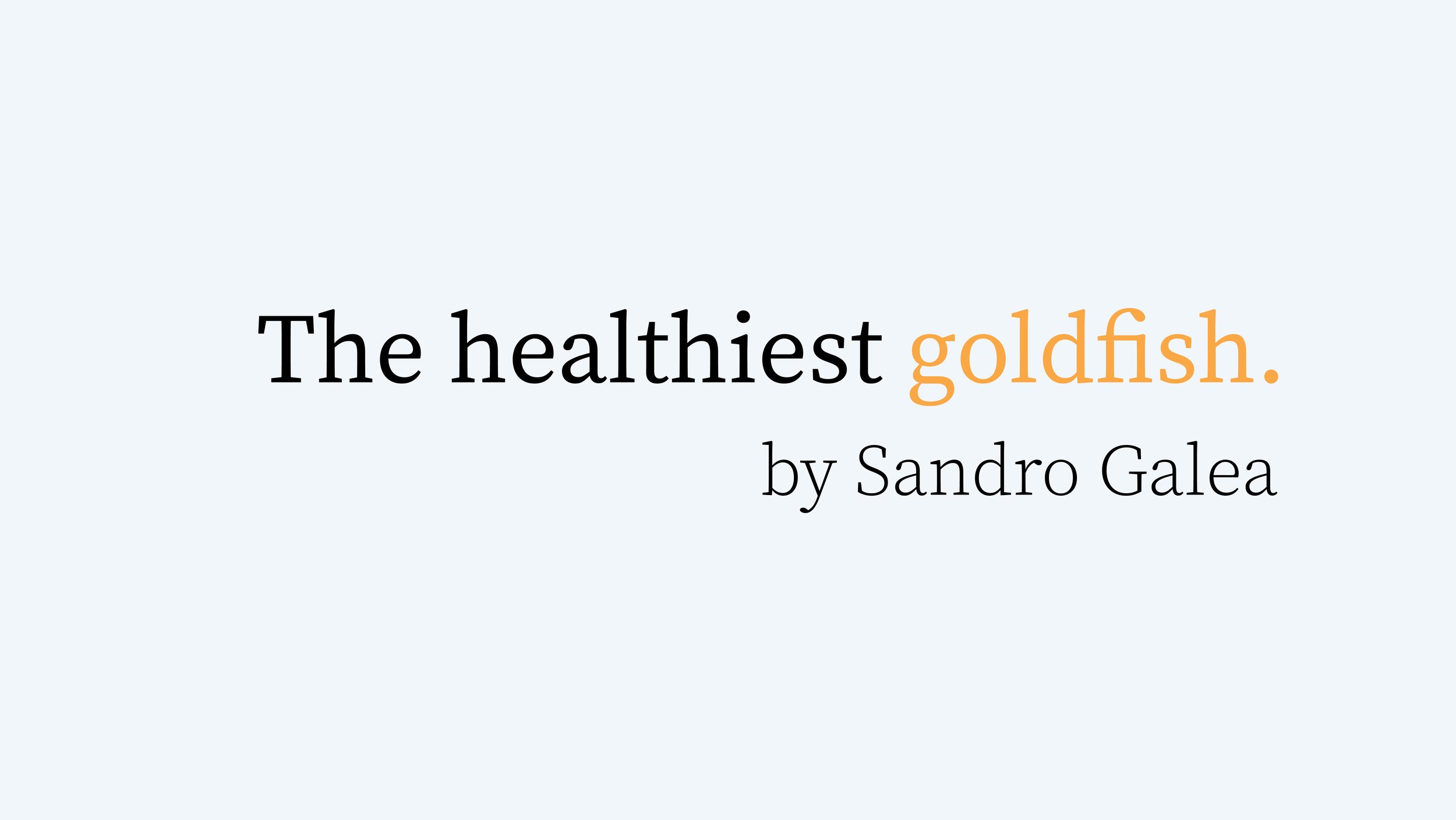These essays aim to tackle what is most fundamental to the pursuit of health. Centrally, this means addressing ideas, recognizing that all we do in pursuit of health fundamentally starts with the ideas we embrace. However, these ideas are shaped by a broad range of forces, including, perhaps centrally, our history. Our history shapes our health. Where we come from, our family circumstances, our access to education and safe neighborhoods, the conditions of our past all influence our health in the present.
Just as we have a history as individuals, we also have a past collectively, as members of a society, as citizens of a country. Just as our past as individuals profoundly affects our health in the present, our health as a people cannot be understood without consideration of our common history. Our present is shaped by a range of intersecting legacies. These include the legacies of various philosophical systems, such as the Enlightenment, the legacies of wars, of colonialism, of technological progress, of movements for social justice.
And, in the US, they include—centrally, tragically—the legacy of slavery.
Read more here.




